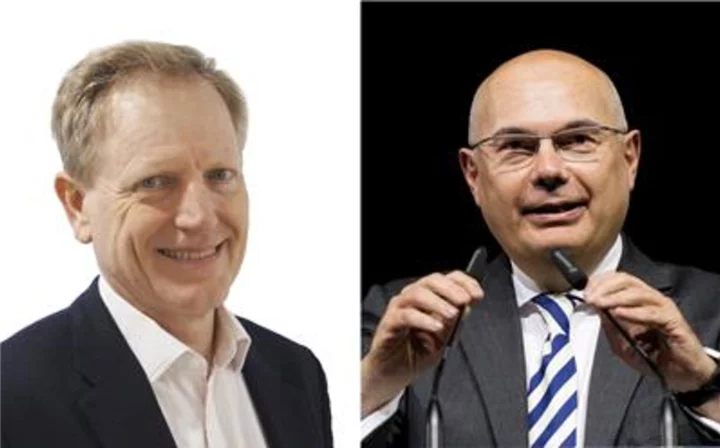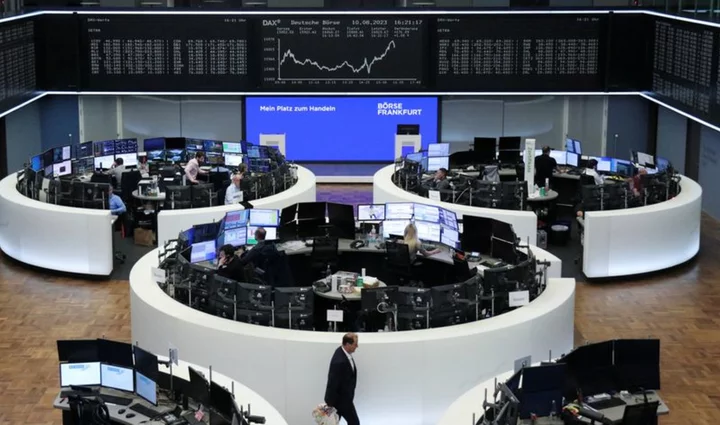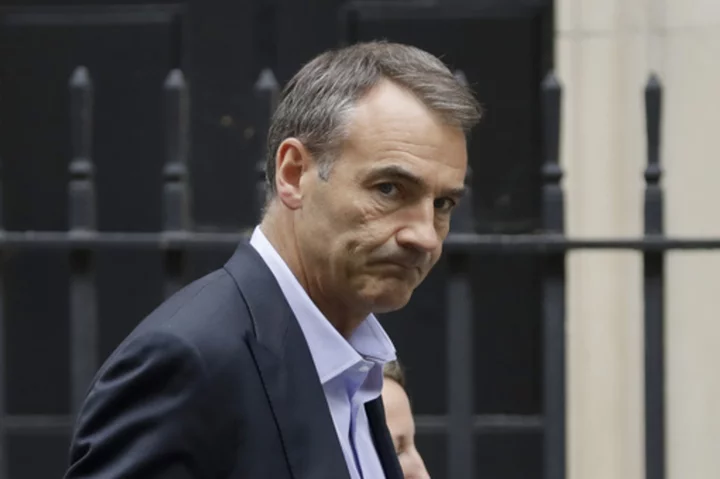By John Kemp
LONDON “Think it possible you may be mistaken”, England's leader Oliver Cromwell demanded in a public letter to the Church of Scotland ahead of the battle of Dunbar in 1650.¹
Cromwell is not known to history for self-doubt or toleration, and the letter was written when he was at the head of an invading army calling on his opponents to question their own beliefs rather than examining his own.
Nonetheless, the warning to allow for the possibility of error or the unexpected has come to be known to modern statisticians and forecasters as “Cromwell’s rule”.
In essence, predictions should be wary of assigning a prior probability of 0% (impossible) or 100% (certain) to anything except to statements that must be logically true.
Cromwell’s rule plays an important formal role in Bayesian statistics but it is important for any exercise in prediction and analysis.
Every forecaster should consider the possibility of error – what evidence would make me change my view about the world or what will happen next?
SOFT LANDING CONDITIONS
I have written elsewhere the global economy is on course for a significant mid-cycle slowdown if not a cycle-ending recession.
A poisonous cocktail of capacity constraints, persistent inflation, rising interest rates and growing caution among consumers and businesses is likely to result in a fairly hard landing for the economy.
But what would falsify that prediction and lead to a soft landing, or no landing at all, with the economy resuming growth near its long-term trend later this year and extending through 2024 and even 2025?
What would make this current business cycle slowdown more like the soft patches in 2015/16 or 1997/98 both of which were followed by more years of expansion?
The first condition is an early end to interest rate increases by the U.S. Federal Reserve and other major central banks, or even some modest reductions.
In 2015/16, the U.S. central bank postponed a tightening of already ultra-loose monetary policy to support the economy through a slowdown.
In 1998, the U.S. central bank cut its target federal funds rate three times in three successive months by a total of 75 basis points “to sustain economic growth”.
But in both instances, the rate of consumer price inflation was much lower than now and described by policymakers as below target or contained.
Core consumer prices excluding volatile food and energy items were rising at an annual rate of around 2.4% in late 1998 and 2.2% in early 2016.
The second condition is therefore a timely deceleration in the rate of price increases towards central banks’ long-term targets, in the case of the Federal Reserve towards 2% per year or a little faster, depending on the measure used.
This would allow the Federal Reserve and other central banks to stop raising interest rates and be ready to cut them pre-emptively if the economy shows signs of weakening significantly.
Decelerating inflation likely requires the price of petroleum and other major industrial commodities and foodstuffs to remain near current values and avoid any further price spikes.
The third condition is thus that oil, other commodity markets and freight systems avoid any sudden re-acceleration of consumption or further disruptions to production and trade.
The fourth condition is that the recent acceleration in consumer price inflation must not become embedded in wage-setting and price-setting behaviour to avoid self-sustaining wage-price and price-price spirals.
The rate of price and wage increases must slow despite relatively high rates of capacity utilisation and low unemployment, ensuring a “high pressure” economy does not become a “high inflation” one.
The fifth condition is that businesses and households continue hiring, investing and spending, despite the inflationary squeeze on margins and real wages and the outlook for slower economic growth.
The economy must avoid narratives about a severe slowdown or a recession causing a widespread pull back in spending that becomes self-fulfilling as households and businesses try to increase saving and reduce cash outflows.
The sixth condition is that the terms of bank lending and other capital markets must not tighten too far in response to the recent banking crisis to avoid a credit-driven economic downturn.
If all those other conditions are satisfied, the seventh condition is the economy must find or create sufficient new capacity to sustain a period of renewed growth without sparking renewed inflation.
More capital, labour and energy resources would have to be mobilised despite already high rates of utilisation, and ways would have to be found to accelerate productivity growth.
BALANCE OF PROBABILITIES
From this list of conditions, it is clear there is a pathway for the economy to achieve a soft landing in 2023, avoiding any form of recession, with growth re-accelerating in 2024 and 2025, but the path is likely a narrow one.
Multiple conditions would need to be satisfied, and none violated, for a soft landing to occur. There are more paths that lead to a hard landing or recession.
For that reason, a probabilistic approach to forecasting makes a hard landing or recession more likely or more reasonable as a central scenario at the moment.
The soft landing scenario is so tricky to pull off and therefore so improbable it has been called “immaculate disinflation” by some forecasters. Nevertheless, the probability of a soft landing is far from zero.
If it happened, the economy would begin 2024 with high levels of employment and capacity utilisation; moderate levels of business inventories (including petroleum inventories); and continued modest growth in consumer spending and business investment.
¹ “Britain in Revolution, 1625-1660”, Woolrych, 2002.
Related columns:
- Recession or not, U.S. economy is losing momentum (May 5, 2023)
- Hard-ish landing has already arrived for U.S. manufacturers (April 4, 2023)
- Persistent inflation sharpens Fed’s interest rate dilemma (March 14, 2023)
- Recession now or later? Unenviable alternatives for 2023 (January 26, 2023)
John Kemp is a Reuters market analyst. The views expressed are his own
(Editing by Christina Fincher)









